


Buddha said: "Not knowing, not seeing the eye as it actually is present; not knowing, not seeing forms as it actually is present, consciousness at the eye as it actually is present, contact at the eye as they actually are present; not knowing, not seeing whatever arises conditioned through contact at the eye — experienced as pleasure, pain, or neither-pleasure-nor-pain — as it actually is present, one is infatuated with the eye... forms... consciousness at the eye... contact at the eye... whatever arises conditioned by contact at the eye and is experienced as pleasure, pain, or neither-pleasure-nor-pain.
"For him — infatuated, attached, confused, not remaining focused on their drawbacks — the five clinging-aggregates head toward future accumulation. The craving that makes for further becoming — accompanied by passion & delight, relishing now this & now that — grows within him. His bodily disturbances & mental disturbances grow. His bodily torments & mental torments grow. His bodily distresses & mental distresses grow. He is sensitive both to bodily stress & mental stress.
(Same applies to other senses and their respective stimuli).
Maha-salayatanika Sutta: The Great Six Sense-media Discourse
http://www.accesstoinsight.org/tipitaka/mn/mn.149.than.html
Now lest us examine this passage from the Great-sense-media sutta and see how it will apply to "mind works model" (Figure 3).
We will take first the eye as the example (Figure 3) as we know that exact same thing happens at other senses (Figure 2) too.
When Buddha said "Not knowing, not seeing the eye as it actually is present..." he meant was ordinarily are not aware of the true working of of the eye in relation to our mind. We are not normally aware of the eye meeting the form (object), how eyes consciousness arises and (meeting of the three- the eye , eye-consciousness and the form/object) when contact arises and so on. These things happen at an incredible speed multiple times as long you have the attention (Manasikara) on the object. From contact arises feeling (pleasure, pain, or neither-pleasure-nor-pain) and from that craving arises as we are ordinarily in a mode of unwise attention (Ayoniso manasikara). We therefore we cling to the five aggregates saying this "mine", this is "me" this is "my-self" (please see the post below)
This body not "mine", not "me" and not "myself"...
If you follow the flow chart in the "mind works model" (Figure 3) it will make clear how it all happens, theoretically.Once craving arises it continues on the Dependent Origination (Please see labels) path to end up with another round of becoming and a birth. Then he is subjected to bodily suffering such as old age, sickness as well as mental suffering as sorrow, lamentation, and distress.
And that is what Buddha meant when he said:
"For him — infatuated, attached, confused, not remaining focused on their drawbacks — the five clinging-aggregates head toward future accumulation. The craving that makes for further becoming — accompanied by passion & delight, relishing now this & now that — grows within him. His bodily disturbances & mental disturbances grow. His bodily torments & mental torments grow. His bodily distresses & mental distresses grow. He is sensitive both to bodily stress & mental stress.
Now how can be aware of the actual working of the eye (and other senses) and the five aggregates in real life? Not easy, but can be done. This needs training... lots of training! This is the practice of insight or vipassana meditation. The wise attention (Yoniso manasikara*) is the key. Please see labels on six fold senses and vipassana for further detail discussions on these subjects in relation to suttas.
*Yoniso manasikara - translated in English as wise attention. This can be broken down to (Yo+Nisi+Manasikara) Yoniso manasikara means the correct understanding of how the mind works. This is reason for the name I chose for my model "the mind works."
Here are examples some more posts on six senses in relation to sutta:















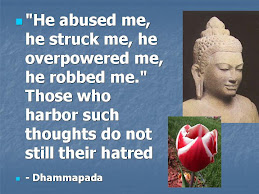

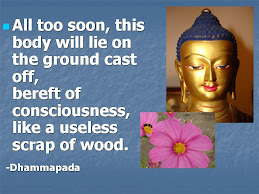

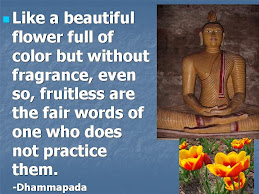
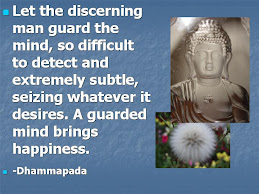

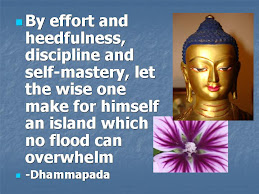

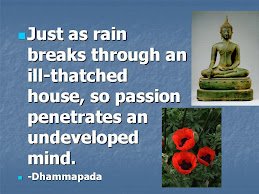

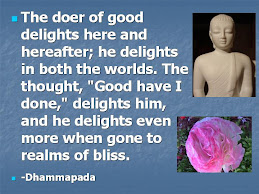
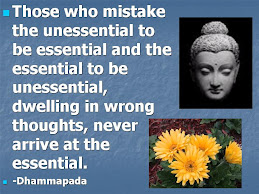

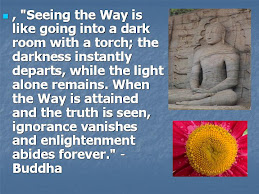

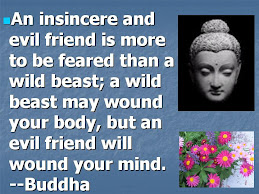


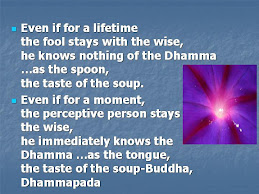



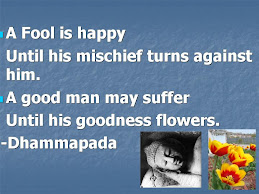
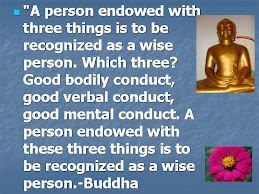

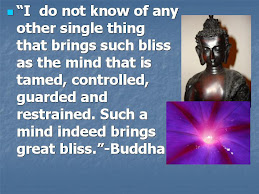
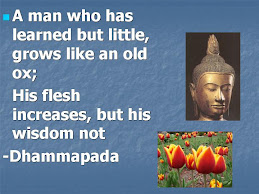
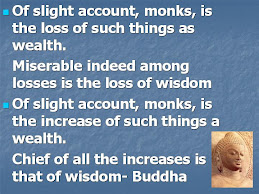
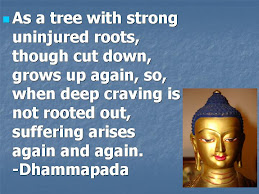
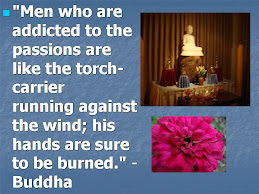


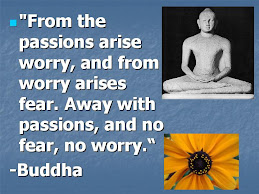
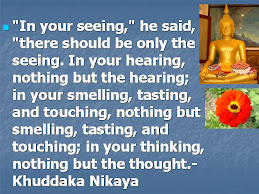




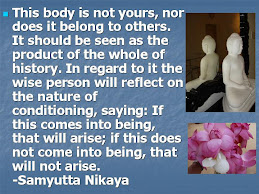

















No comments:
Post a Comment